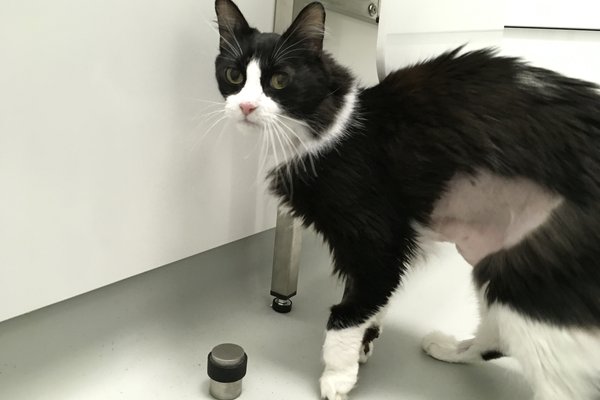lymphoma in cats uk
What classification systems are used for feline lymphoma. Gastrointestinal alimentary lymphoma in the stomach and intestines Mediastinal lymphoma in the chest Multi-centric lymphoma in many lymph nodes and different areas around the body.

Lymphoma In Your Cat Ron Hines Vetspace 2nd Chance The Animal Health Website
Cats with nasal lymphoma achieving complete remission had the longest survival 749 days and cats with central nervous system lymphoma the shortest 70 days.
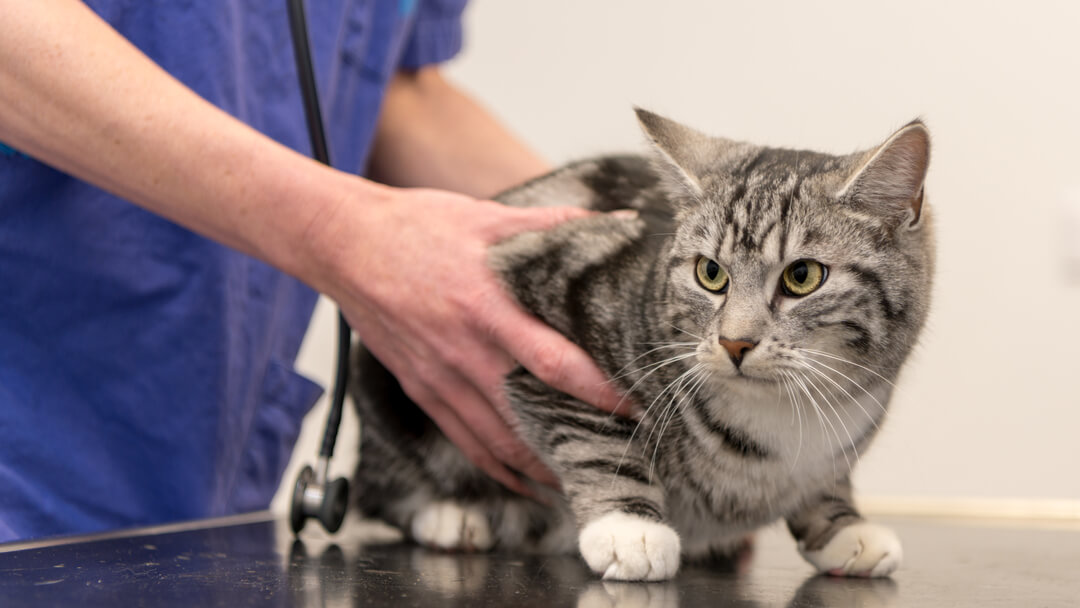
. In cats common types of lymphoma include. Its highly treatable but incurable. This disease can therefore vary from something which cats can live with for some time without illness to a rapidly progressive and fatal condition.
Feline lymphoma is a malignant cancer of the lymphatic system the exquisitely structured arrangement of internal organs and tissues that directly or indirectly influences virtually every aspect of a cats physical existence. It is involved with the defence mechanisms of the body maintaining immunity. The annual prevalence risk of feline lymphoma in primary-care UK veterinary practices was 48100000 cats per year and the annual incidence risk was 32100000 cats per year in the current study.
Treatment of feline lymphoma is a complex topic but the aim of this article is to give a clinically useful summary for veterinarians in general practice. Because lymphoma is usually widespread surgery alone is not usually appropriate. Gastrointestinal GI or alimentary lymphoma is the most common form of lymphoma in cats.
Large cell lymphoma in cats is far more aggressive and has a poorer prognosis. Lymphoma in cats just as in anyone is a cancer of the lymphatic system. The cause of lymphoma in cats is currently unknown however there has been evidence of a greater risk.
50 of cases FeLV FeLV test positive. If complete remission was achieved prior treatment with corticosteroids significantly reduced survival time. Lymphoma is one of the most common cancer in cats.
However lymphoma more commonly arises from other tissues in the body. Cats with extranodal lymphoma respond to chemotherapy and achieve survival. In addition to being present in the blood there are accumulations of lymphocytes present.
The lymphatic system works throughout the body transporting and cleansing. It is sometimes called lymphosarcoma. This can be prolonged with chemotherapy in some cases for 12 months or occasionally longer although unfortunately not all lymphomas respond especially if the cat has feline leukaemia virus.
Certain anatomic presentations are associated with an improved prognosis such as nasal lymphoma and lymphoma of the cranial mediastinum lymphoma arising in the chest in front of the heart and. Lymphoma in the nasal cavity is the most common tumor of cats upper respiratory tract Henderson et al 2004. It may arise in lymphoid tissues such as lymph nodes spleen and bone marrow.
Small cell lymphoma is a slow-growing cancer-causing gut thickening whilst large cell lymphoma creates hard tumours in your cats guts andor stomach. Over time it can grow large. This is by far the most common type of lymphoma in cats accounting for 50-70 of feline lymphoma cases.
Eventually the disease will be fatal. Treatment for a cat that has been diagnosed with lymphoma the most frequently diagnosed among all types of feline cancer relies primarily on. Currently the biggest number of lymphomas are seen in the digestive system but this has not always been so.
Overview develops secondary to renal failure or may be the result of blood loss via hematuria. Feline gastrointestinal lymphoma This is a spectrum of diseases including low grade lymphoma high grade lymphoma and large granular lymphocyte lymphoma LGL. Any bodily organ containing lymphocytes can develop lymphoma.
Historically lymphoma in the chest cavity mediastinal lymphoma or the multicentric form were the most commonly diagnosed presentations of the disease. Diagnosed by cytology or histopathology Several anatomic forms of lymphoma are recognised in cats and include. Alimentary--characterised by gastric intestinal or mesenteric lymph node involvement this is one of the more common forms of feline lymphoma.
Untreated the average survival time from diagnosis is about two months. Will my cat be sick. Feline Lymphoma Diagnosis and Staging The various anatomical forms of feline lymphoma mediastinal alimentary renal multicentric and extranodal have been well described.
Cats diagnosed with lymphoma tend to be middle-aged or older although cats can develop lymphoma at any age. If both kidneys extensively involved azotemia and signs of renal failure Kidney. While there are no breed dispositions for lymphoma cats who have had either leukemia or immunodeficiency virus have a higher risk of developing lymphoma.
Feline GI lymphoma is histologically classified as low intermediate or high grade according to the size and anaplasticity of the neoplastic lymphoid cells. Neoplasm arising in kidney impairs normal renal function. Common sites of lymphoma in cats include.
This incidence rate was slightly lower. It is still a frequently-seen cancer accounting for approximately 30 of new feline cancer diagnoses. This term describes lymphoma that affects the gastrointestinal tract.
Lymphoma is a cancer of the white blood cells. Lymphoma is a solid tumour of a type of white blood cell lymphocyte that is involved in immune responses. In cats lymphoma is more likely to be found in the gastrointestinal tract alimentary lymphoma chest cavity mediastinal lymphoma spleen liver kidneys nasal cavity and eyes.
Mediastinal Lymphoma This type of lymphoma grows in your cats chest usually between their lungs. Ferguson et al 2020. Lymphoma which is also known as malignant lymphoma and lymphosarcoma is the single most common cancer that affects cats.
It can occur in the nasal site 6782 nasopharynx 1016 or both locations 818 Little et al 2007. Lymphoma can form anywhere in her body where lymphocytes are found in great numbers. Lymphoma is the abnormal proliferation of lymphocytes which are one of the main types of white blood cells involved in immunity.
Has also suggested a link. It is a common cancer in cats making up nearly one third of all feline cancers. In cats there are multiple manifestations of this disease and they are typically distinguished by the anatomical site that is affected.
When your cat has this disease its important to recognize and understand the end stages and to. Male odds ratio OR 17 95 CI 12 to 24 insured OR 36 95 CI 23 to 56 and older cats compared to cats 2 to lymphoma diagnosis. Feline lymphoma or lymphosarcoma is the most common form of cancer in cats.
To cats that have Feline Leukaemia Virus FeLV and Feline Immunodeficiency Virus FIV. Vaccinated cats were associated with decreased odds OR 07 95 CI 05 to 10 compared to unvaccinated cats although the type of vaccination received was not. In fact research shows that up to 33 of all cat cancers begin with lymphoma and 90 of all blood cancers.
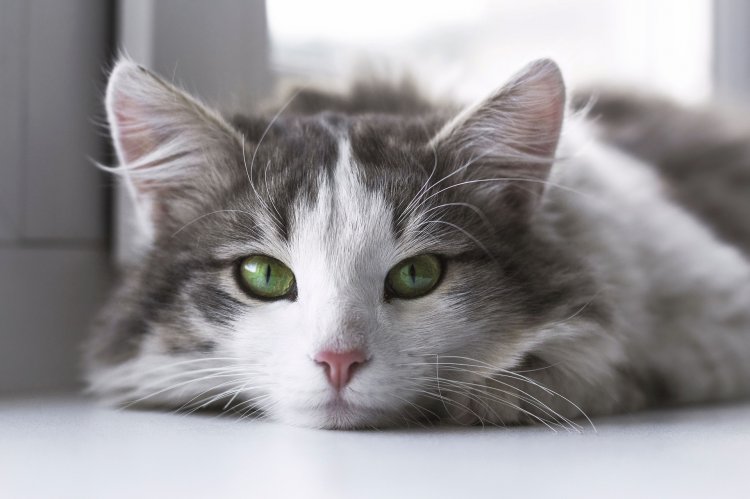
Cats Lymphoma It Does Not Have To Be A Verdict Mediawikibootstrapskin Co Uk
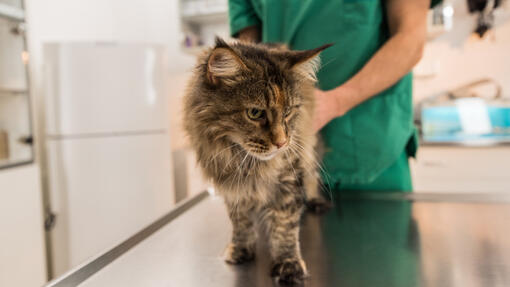
Lymphoma In Cats Causes Symptoms Treatment Purina
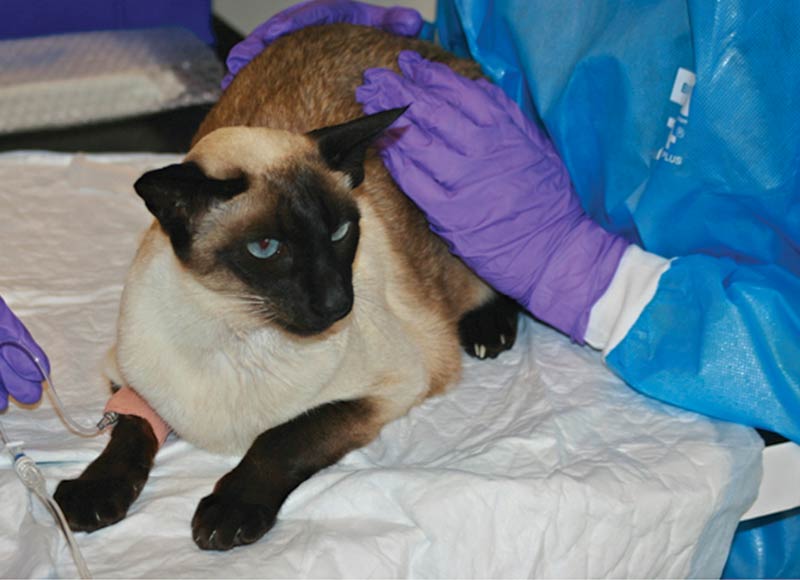
Treating Feline Lymphoma Vet Times
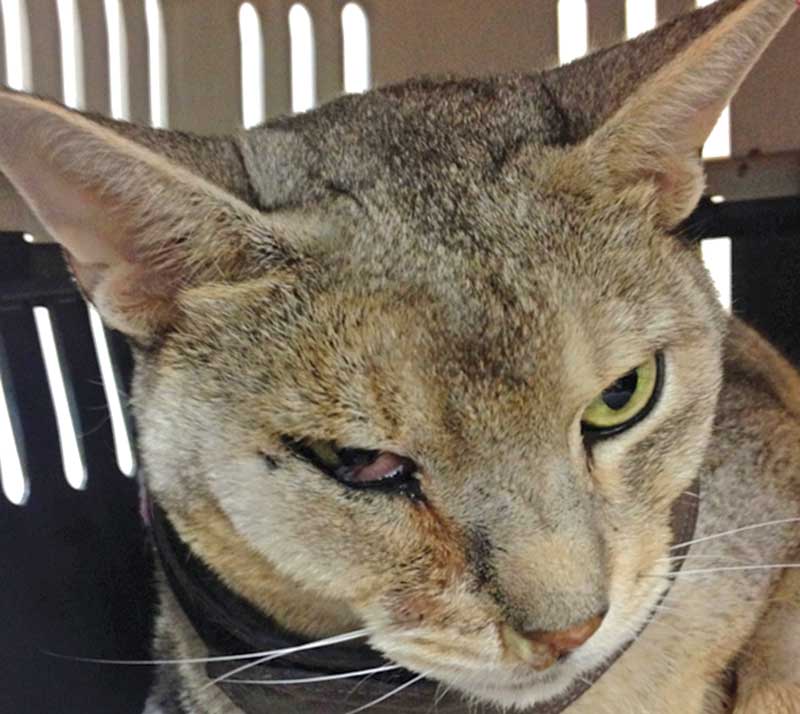
Nasal Lymphoma A Summary Vet Times
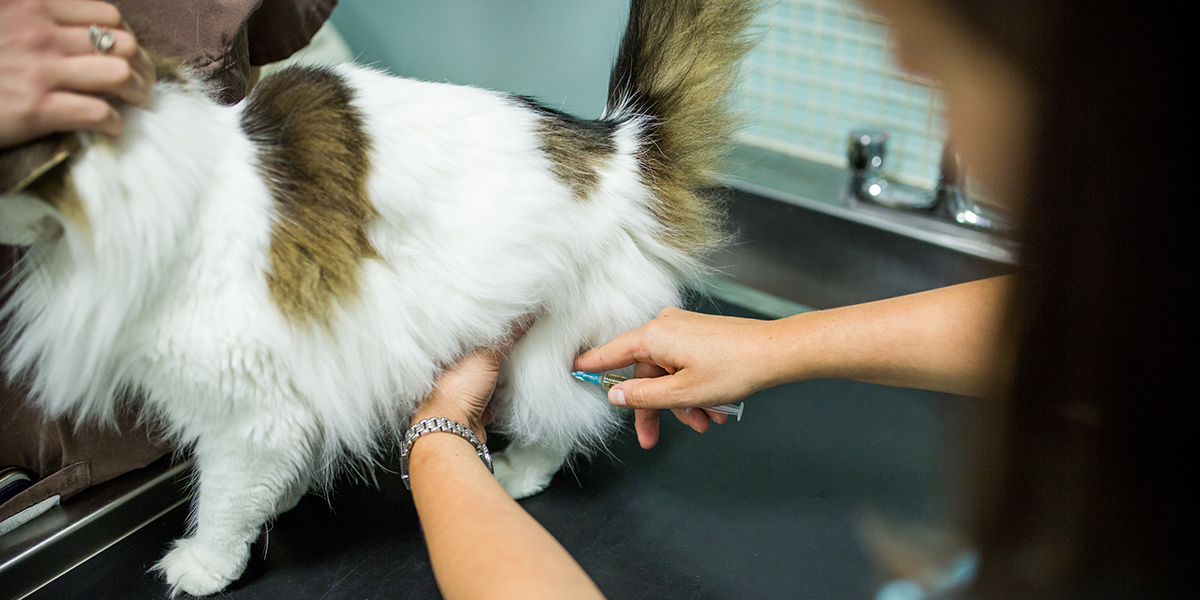
Vaccinating Your Cat International Cat Care

Cats Lymphoma It Does Not Have To Be A Verdict Mediawikibootstrapskin Co Uk

Lymphoma In Cats Causes Symptoms Treatment Purina

Feline Lymphoma Meadow Lane Vets
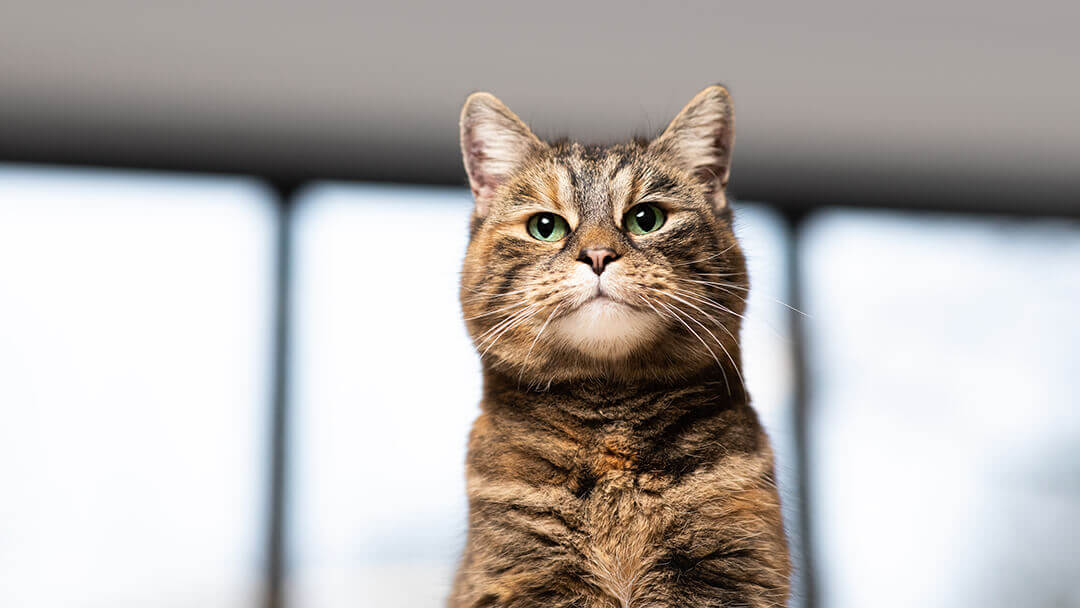
Lymphoma In Cats Causes Symptoms Treatment Purina
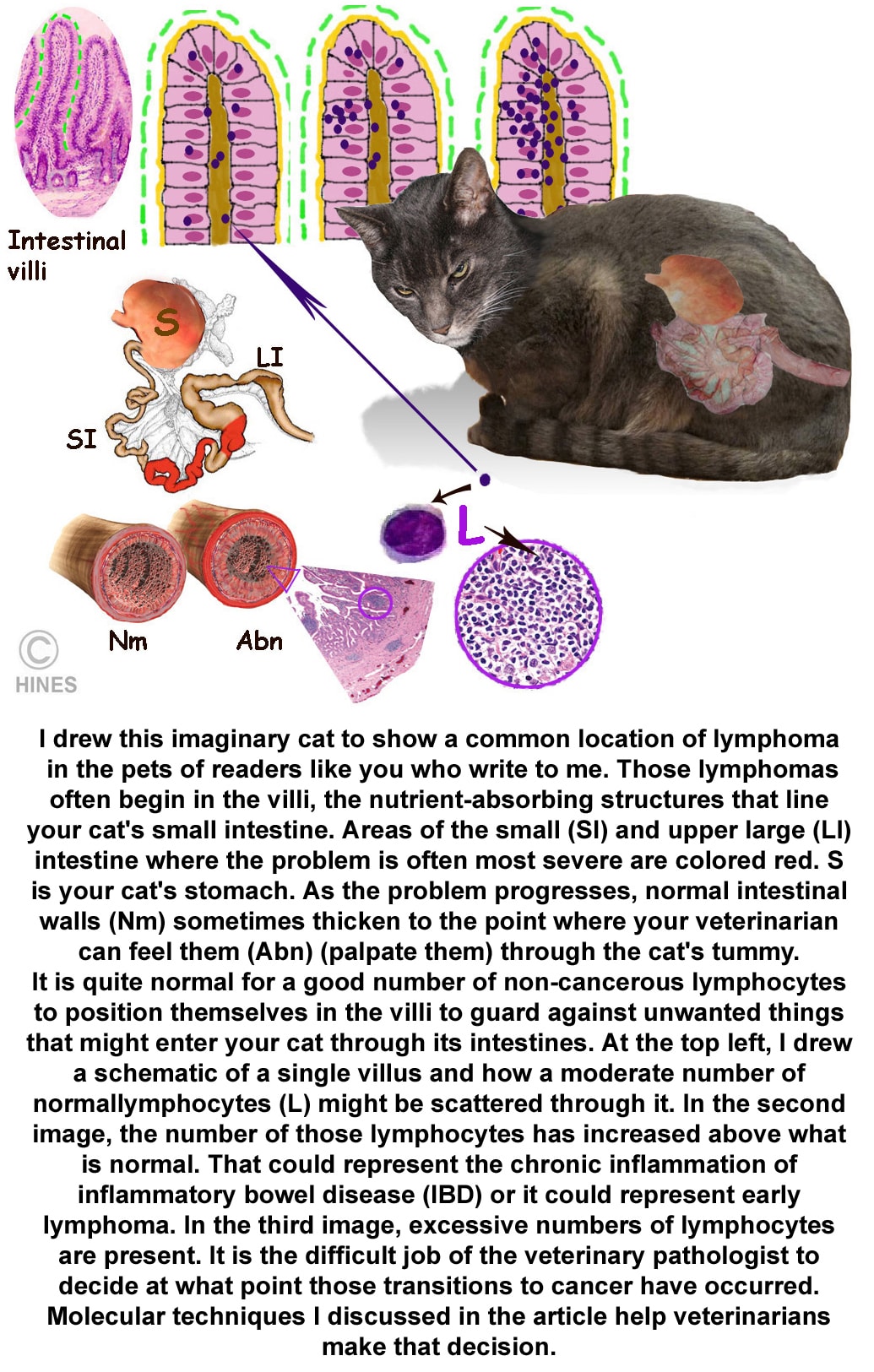
Lymphoma In Your Cat Ron Hines Vetspace 2nd Chance The Animal Health Website

Lymphoma In Cats Atlantic Veterinary Internal Medicine

Lymphoma In Cats Causes Symptoms Treatment Purina

Lymphoma International Cat Care

Coping With Cat Cancer Symptoms And Advice Blue Cross
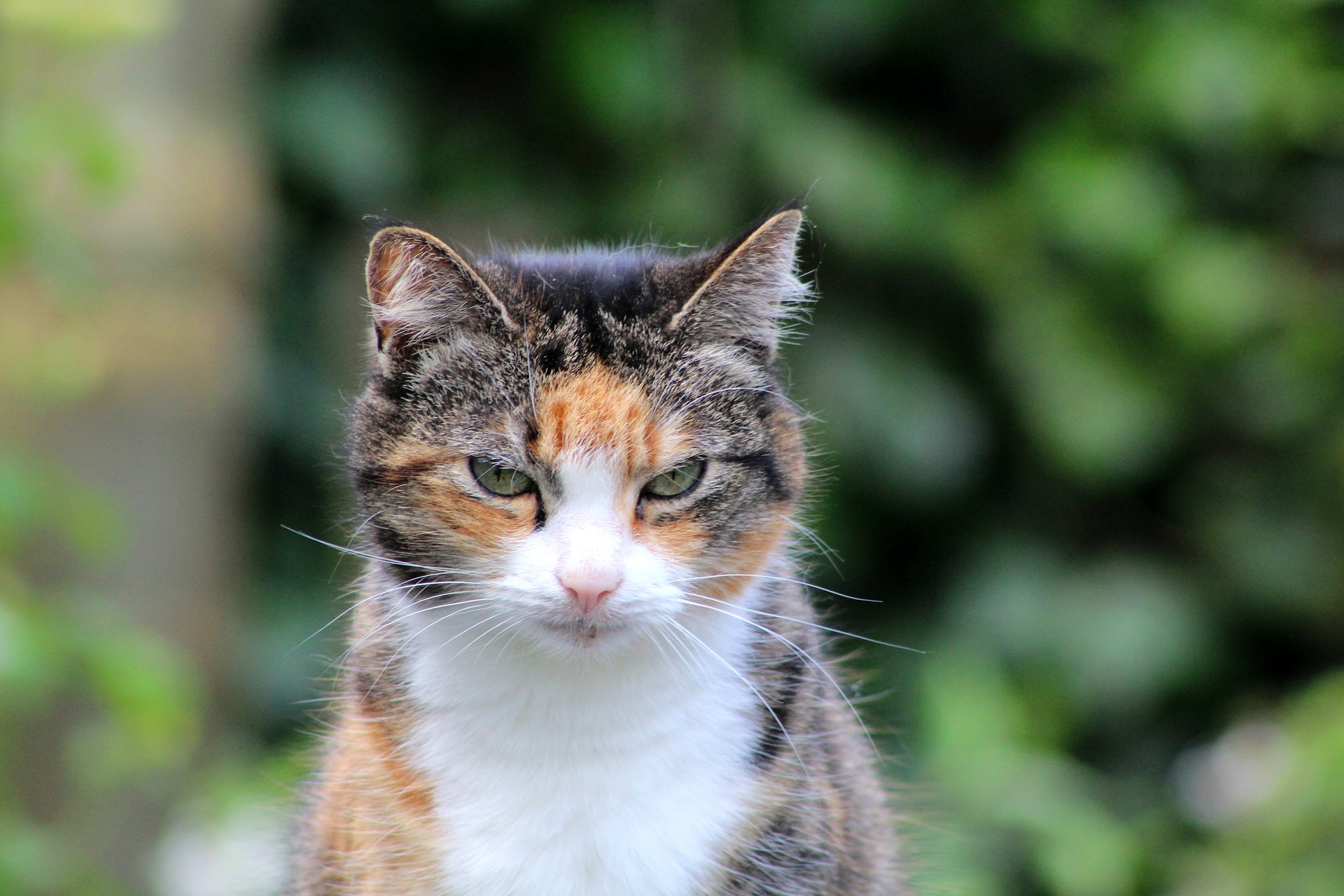
My Cat Has Lymphoma What Does That Mean Vet Help Direct

